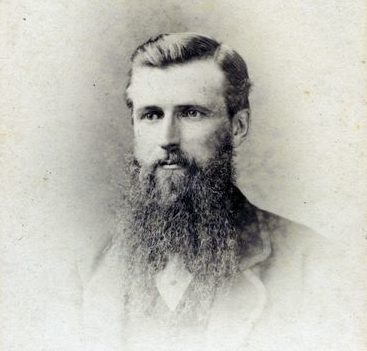
Beetham Street
George Beetham was a member of the famous Wairarapa farming family whose business interests centred on Brancepeth Station. After the initial breaking in period at Brancepeth, George was not much involved with the day to day running of the farm. He was, however, very interested in politics. He served on the Wellington Provincial Council for a term, then on the General Assembly from 1877 until 1890. George Beetham was an accomplished explorer, and was part of the first party to climb Mount Ruapehu. He retired to London in 1898.
Pic: George Beetham was one of brothers who settled 'Brancepeth Station'.
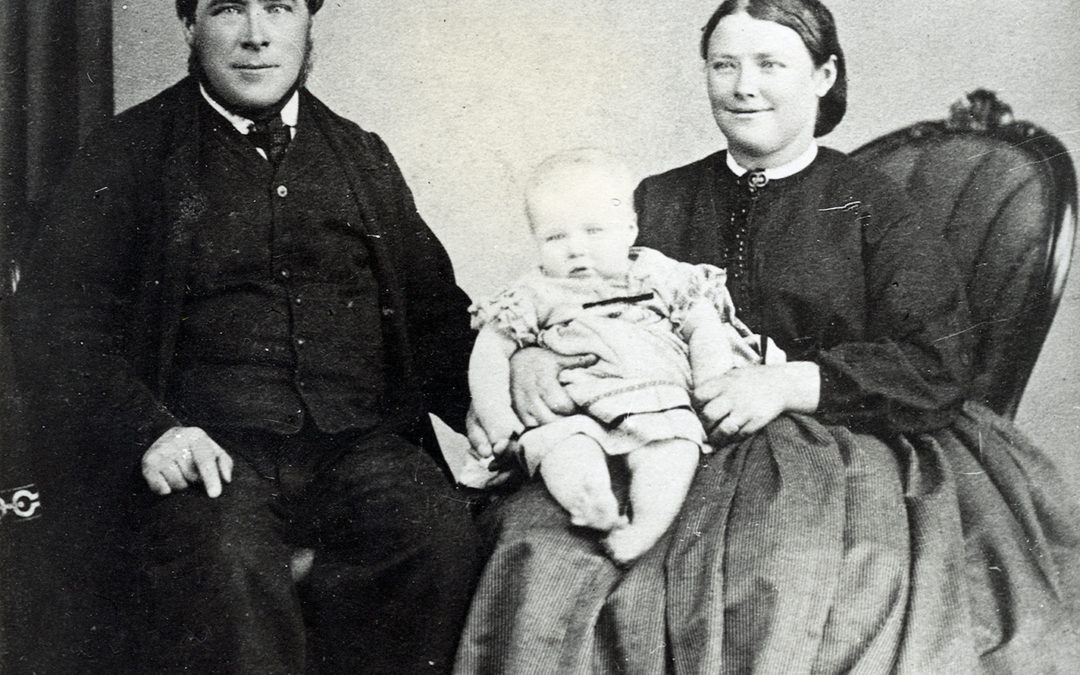
Wrigley Street
One of Masterton’s most successful early businessmen is remembered in Wrigley Street. James Wrigley was born in Yorkshire in 1825, and learnt the shoemaking trade from his uncle. He immigrated to New Zealand in 1852 and moved on to Masterton in 1855. He set up as a shoemaker in Queen Street, a business he ran very successfully. He was also an enterprising land developer, breaking his small farm block into a number of streets, including the one that bears his name. He developed Wrigley, Albert and Victoria Streets in 1878. At that time a proposed road, to be called Mary Street, was named although it was never formed. For many years the unformed road was used as a walking track from Villa Street to the Side School in Wrigley Street. Wrigley Street was a blind street with no connection to Villa Street until 1908.
Pic: James and Sarah Wrigley of 'The P:Ines' farm.
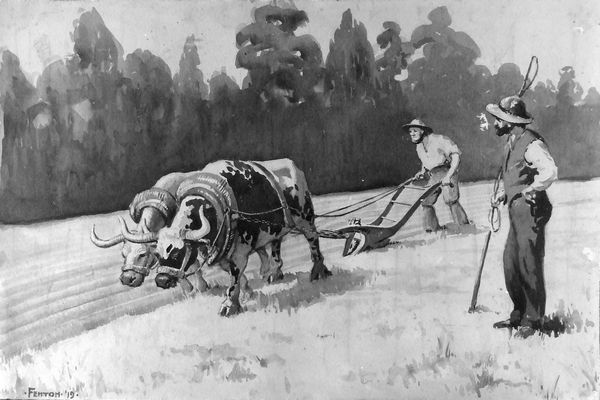
Jones Place
Many of the first settlers in Masterton were Methodists, and the denomination was to have a profound effect on the shape of Masterton’s progress. A small street off Colombo Road is named after the man who was once called “the father of Masterton Methodism,” Henry Jones. Jones was born in 1811, in England. He and his wife Mary immigrated to New Zealand in 1842, on the same ship as Charles Dixon and his family. The Jones family had a hard struggle to establish themselves in Wellington, and were among the first to come up to Masterton in 1855.
The family farmed a block in what is now Johnstone Street for about 15 years, then shifted further south to the end of Kuripuni Street, where a substantial farming operation was carried out. For nearly 100 years Jones family members supplied the residents of Masterton with milk.
Pic: Henry Jones and Murdock McKenzie using the first plough in Masterton.
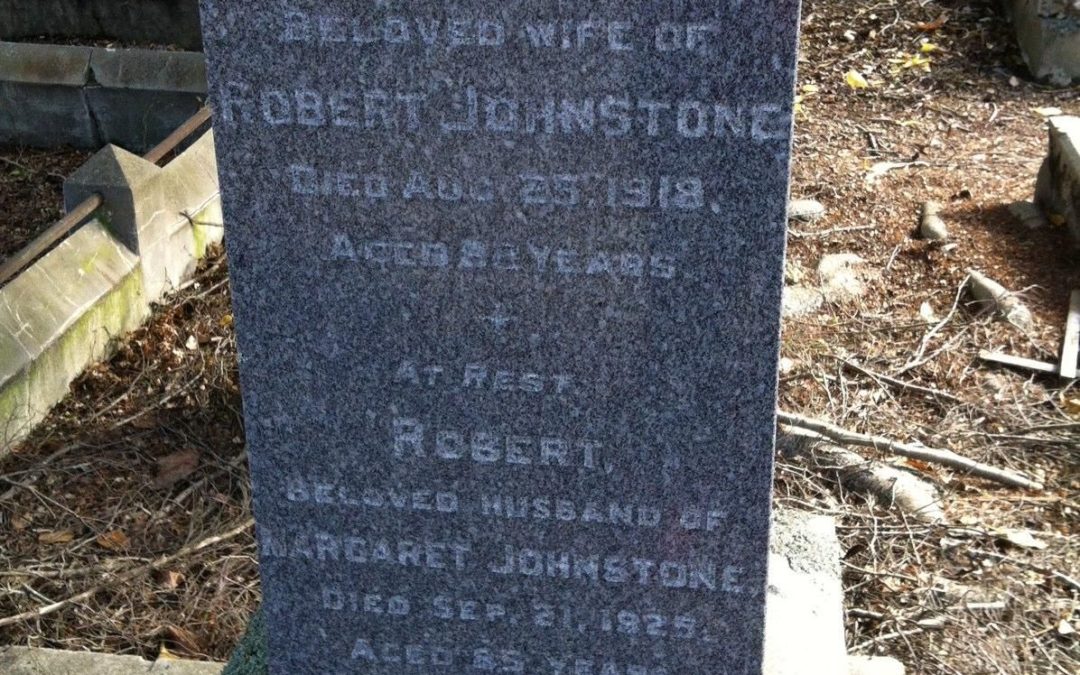
Johnstone Street
The road now known as Johnstone Street was first recorded as the Makora Road, as it led to that area. The name came to be displaced and is now applied to another street. It was also sometimes known as Mangaakuta Road, Te Whiti Road and Homebush Road. Brothers Alexander Johnston and Robert Johnstone, after whom the road is named, were farmers in the area. They are remembered as being strong supporters of the Masterton Agricultural and Pastoral Society and the Presbyterian Church.
Pic:
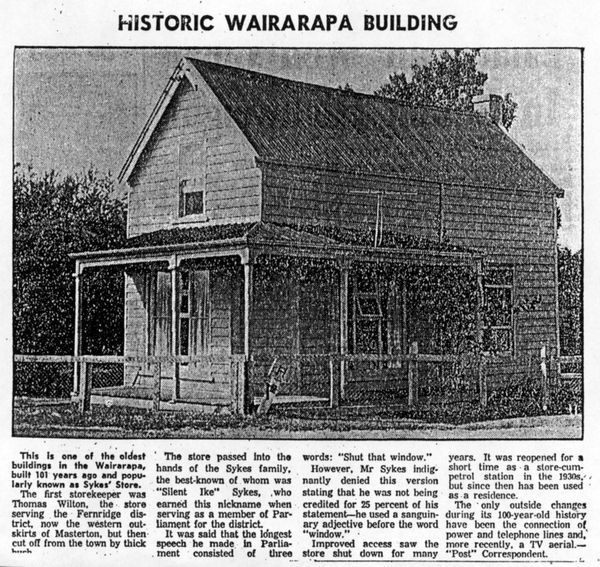
Kibblewhite Road
Richard Kibblewhite was a farmer in the Upper Plain area, having brought his family to Masterton in 1855. He decided, in 1878, to sell up much of his land for subdivision, and produced a plan showing a number of streets in the area. The main road across his block he called Kibblewhite Road, but he also named a number of other potential streets. The road we now call Greenlane Road he named Dixon Street, after Cornelius Dixon who lived at the end of the lane. He also proposed the royal names, Albert, Victoria, Mary and William for a set of streets off Upper Plain Road and Kibblewhite Road.
Mary and William Streets were built and named although the name of Mary Street was eventually used for both streets. Albert Street was built, although it was called Carverthen Street, and his Victoria Street, although on later plans as Clanmorgan Street, was not built until 2004 when it was named Joan Allen Lane. Other streets he proposed, which were never constructed include – Richard Street, Walton Street, Anne Street, James Street, Linton Street and Duncan Street.
Pic: Sykes' Store on the corner of Kibblewhite Road.
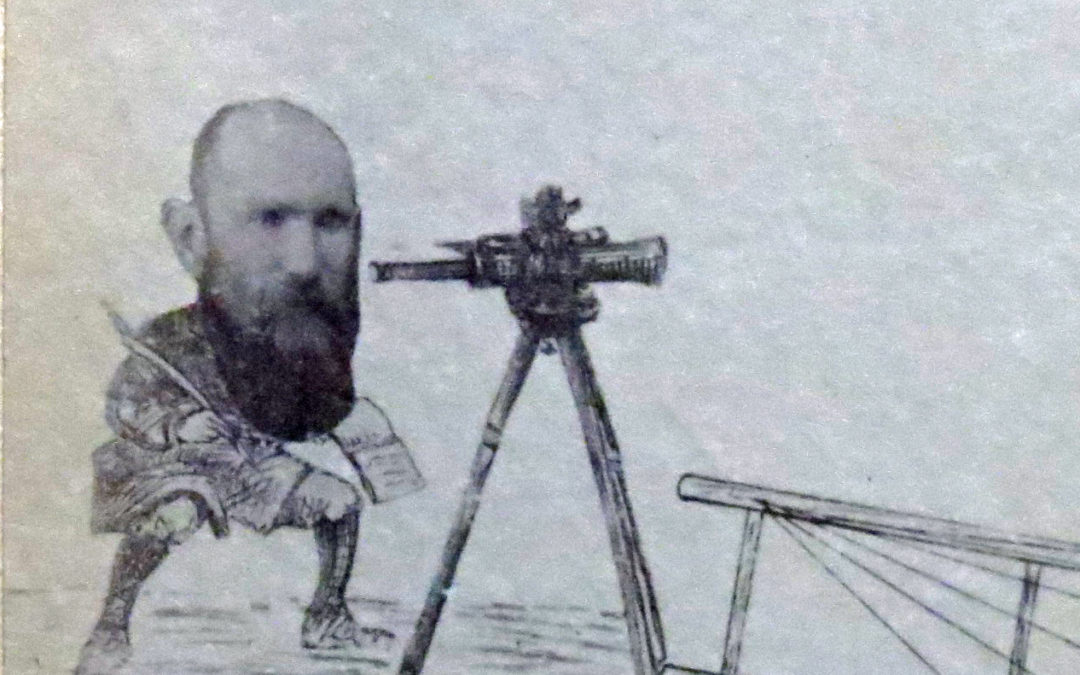
Bruce Street and King Street
In the north end of Queen Street there are two streets commemorating early settlers. The first of these, Bruce Street, is one of a number of streets that the Masterton Trust Lands Trust donated to the Masterton Borough Council. It is named after Alexander Bruce, an early settler from the Kopuaranga area after whom Mt Bruce is also named. After the Masterton Trust Lands Trust donated the street to the town the Borough Council wrote asking whether they would also donate a footpath. Bruce Street was home to Masterton’s first brewery, the Waipoua Brewery on the site now occupied by New World, and was said to have been called “Stockade Street” informally for a time as it led to the site of the old Masterton stockade, now part of Queen Elizabeth Park.
King Street, although it forms a regal junction with Queen Street, is in fact not named after royalty. It recalls John King, architect and builder of Masterton’s first Town Hall. He was an engineer for the North Wairarapa County and later shifted to Gisborne.
Pic: John King, the engineer, in an Edward Wyllie cartoon from the 1880s.
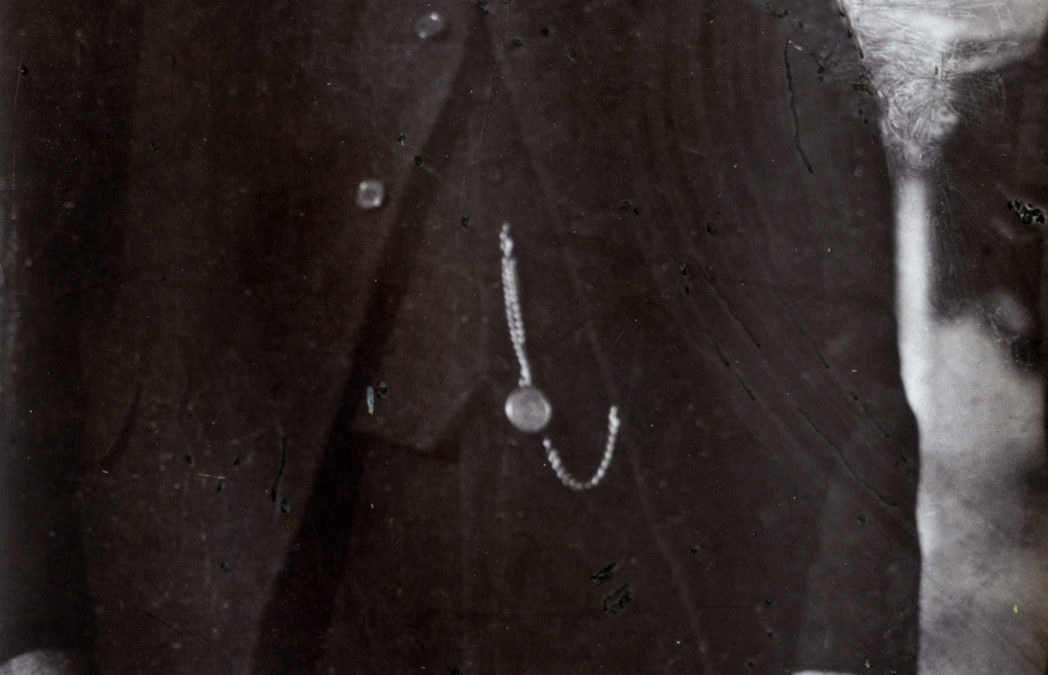
Macara Street
James Macara was the district’s most famous coach driver and operator. For a time he was in partnership with William Hastwell of Greytown, their stopping place in the bush north of Masterton being known as Hastwell’s Clearing. When the railway arrived in Masterton and demand for coaches diminished, Macara took up farming, and pursued his interest in racing horses. He remained single. The land now occupied by Macara Street was, at one time, the home ground of the Masterton Football Club
Pic: James Macara was a coach driver turned farmer.
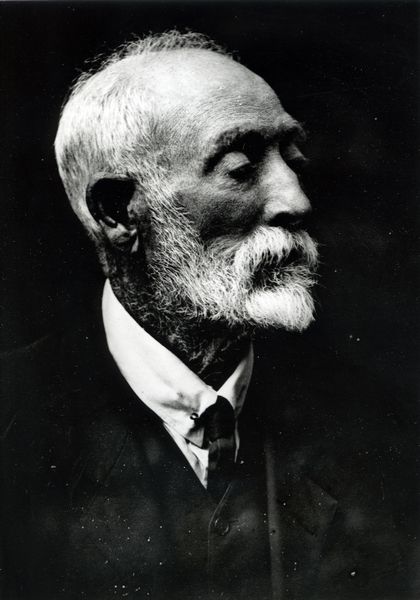
Chamberlain Road and Oak Street
The Chamberlain family came to New Zealand in 1842, settling in Wellington and farming in Karori. They were among the first families to take up land in the Upper Plain area of Masterton where they farmed for many years. They also became involved in agricultural contracting, and eventually owned a flourmill and bakery in the town. The male members of the family – Thomas, Edmund, Giles and William – shared the same second Christian name, Edinborough. This is a family name rather than a reflection of origin, as the family actually emigrated from England. As well as their family name being recalled in this street, the rural portion of which is called Chamberlain Road, Thomas Chamberlain’s farm, The Oaks, is remembered by Oak Street.
Pic: Edmund Chamberlain, one of brothers who came to Masterton.
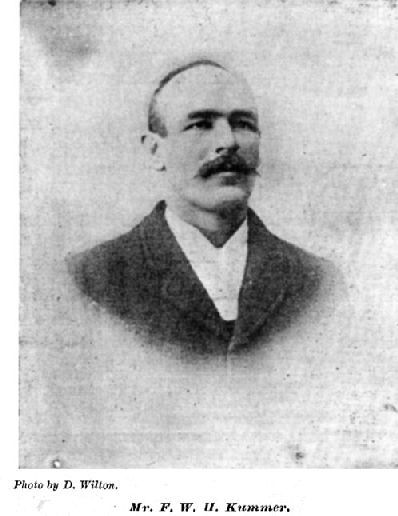
Kummer Crescent
The Kummer family is remembered in Kummer Crescent, which was formed from land owned by F.W.H. Kummer. Mr Kummer was a noted athlete in his younger days, representing Wairarapa at rugby, but also being well known as a shooter. In adult life he farmed at Mauriceville, where he was a member of the Mauriceville County Council and of the Wairarapa Hospital Board. Kummer Crescent was built in 1953.
Pic: Kummer Crescent was once owned by F.W.H. KUmmer.
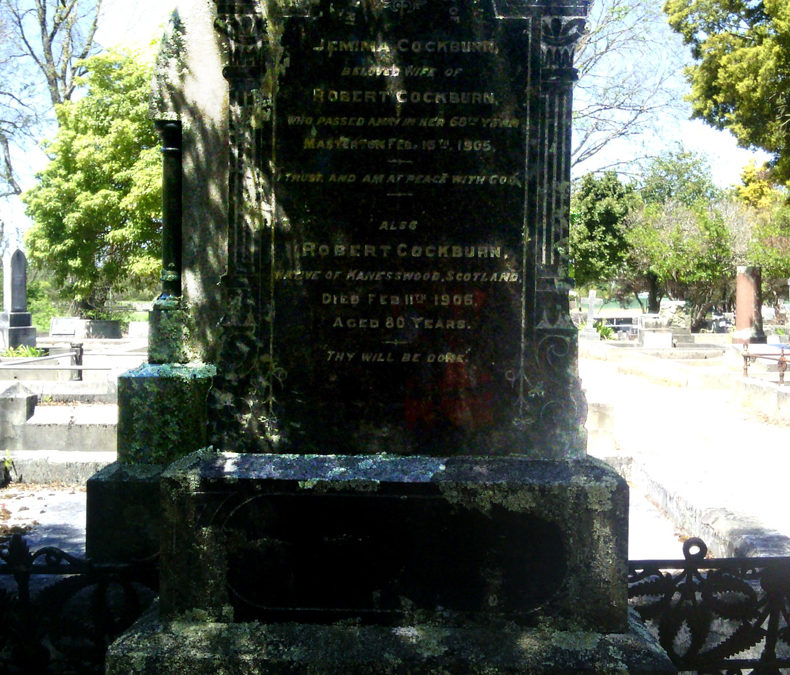
Cockburn Street
South of Kuripuni Street two brothers, Alexander and Robert Cockburn owned some 500 hectares of land, which they decided to subdivide in the 1880s. The land was swampy, so they dug a large drain that headed eastwards from South Road, a drain that is still visible today. Cockburn Street runs through their old property.
Pic:
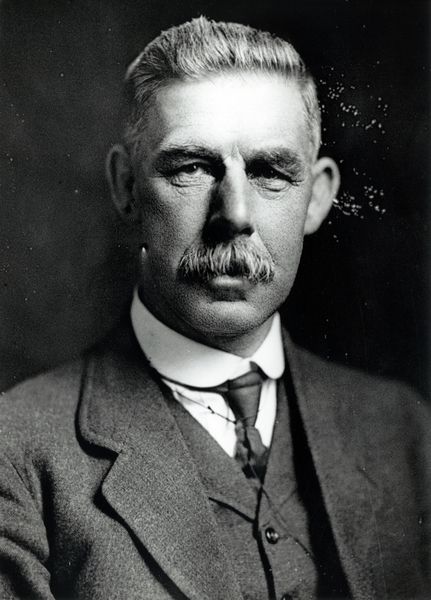
Daniell Street
It was rather unusual that one family whose members have made a long term and significant contribution to Masterton should have had to wait until 1968 to have a street named after them. Charles and Emily Daniell arrived in New Zealand in 1880, immediately making their way to Masterton where Mr Daniell found work on the Waingawa railway bridge. The next few years were trying for the family, as jobs were desperately short in the small town, and Mr Daniell travelled many miles to work in the outlying country areas.
Eventually this paid dividends and in 1889 Daniell was able to purchase a section in Queen Street, where he opened an ironmonger’s shop. The business prospered and was soon occupying a large site between Queen Street and Chapel Street. C.E. Daniell was actively involved in the Methodist Church and in the Masterton Trust Lands Trust. His descendants continue to serve the town in various public capacities.
Pic: C.E. Daniell was a prominent Methodist and prohibitionist.











